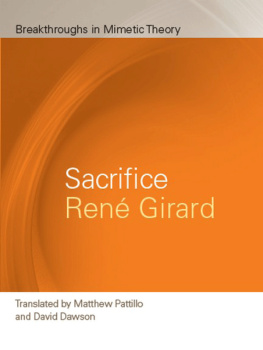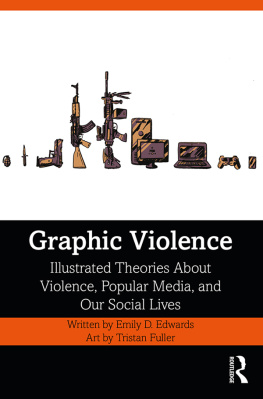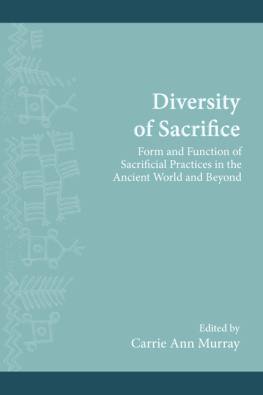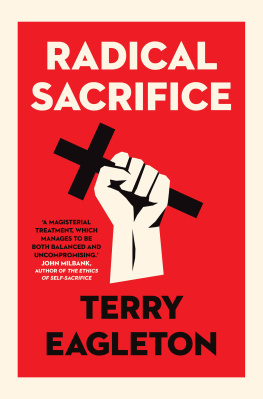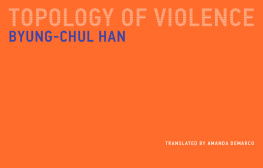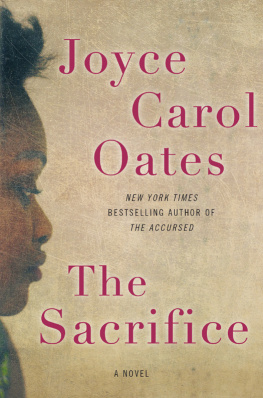
THE WILLIAM & BETTYE NOWLIN SERIES
in Art, History, and Culture of the Western Hemisphere
STEVE BOURGET
SACRIFICE, VIOLENCE, AND IDEOLOGY AMONG THE MOCHE
THE RISE OF SOCIAL COMPLEXITY IN ANCIENT PERU

University of Texas Press
Austin
Copyright 2016 by the University of Texas Press
All rights reserved
First edition, 2016
Requests for permission to reproduce material from this work should be sent to:
Permissions
University of Texas Press
P.O. Box 7819
Austin, TX 78713-7819
http://utpress.utexas.edu/index.php/rp-form
LIBRARY OF CONGRESS CATALOGING-IN-PUBLICATION DATA
Bourget, Steve, 1956, author.
Sacrifice, violence, and ideology among the Moche : the rise of social complexity in ancient Peru / Steve Bourget. First edition.
pages cm (The William and Bettye Nowlin series in art, history, and culture of the Western Hemisphere)
Includes bibliographical references and index.
ISBN 978-1-4773-0873-8 (cloth : alk. paper)
ISBN 978-1-4773-0872-1 (library e-book)
ISBN 978-1-4773-1049-6 (nonlibrary e-book)
1. Mochica IndiansAntiquities. 2. Mochica IndiansReligion. 3. Mochica IndiansSocial life and customs. 4. Mochica IndiansRites and ceremonies. 5. Moche (Peru)Antiquities. 6. Human sacrificePeru. I. Title. II. Series: William & Bettye Nowlin series in art, history, and culture of the Western Hemisphere.
F3430.1.M6B69 2016
985'.01dc23
2015029023
doi:10.7560/308738
Dedicated to Christopher B. Donnan and Marshall D. Sahlins
Research is always easier when standing on the shoulders of giants
Il saccouda la balustrade et fuma sa premire cigarette en regardant les oiseaux tombs sur le sable: il y en avait qui palpitaient encore. Personne navait jamais pu lui expliquer pourquoi ils quittaient les les du large pour venir expirer sur cette plage, dix kilomtres au nord de Lima: Ils nallaient jamais ni plus au nord ni plus au sud, mais sur cette troite bande de sable longue de trois kilomtres exactement. Peut-tre tait-ce pour eux un lieu sacr comme Bnars aux Indes, o les fidles vont rendre lme: Ils venaient jeter leur carcasse ici avant de senvoler vraiment. Ou peut-tre volaient-ils simplement en ligne droite des les de guano qui taient des rochers nus et froids alors que le sable tait chaud et doux lorsque leur sang commenait se glacer et quil leur restait juste assez de force pour tenter la traverse. Il faut sy rsigner: il y a toujours tout une explication scientifique.
[He leaned over the railing smoking his first cigarette while looking at the birds lying on the sand: some of them were still alive. No one had ever been able to tell him why they would leave their islands at sea to die on this beach, ten kilometers north of Lima. They never went further north or south, only on this narrow stretch of sand exactly three kilometers in length. Maybe it was for them a sacred place like Benares in India, where the faithful go to surrender their soul: they came to discard their carcasses before really taking flight. Or maybe they just flew straight from the guano islands, which were cold rocky outcrops, while the sand was warm and soft when their blood began to freeze, and they still had just enough strength to attempt the crossing. We must resign ourselves: there is always a scientific explanation for everything.]
ROMAIN GARY, LES OISEAUX VONT MOURIR AU PROU
CONTENTS
PREFACE AND ACKNOWLEDGMENTS
This study is the result of an odyssey that began on the slopes of the Cerro Blanco and at the Huacas de Moche site, on the north coast of Peru, more than twenty years ago. As a starting point for this journey, the first part focuses on a sacrificial site and four tombs that were excavated within the Huaca de la Luna ceremonial center between 1994 and 1998. At the time, Moche sacrificial practices were mostly known from isolated contexts and through modeled and painted ceramics. Therefore the discovery of the sacrificial site, which contained the remains of at least seventy-five male individuals, often put to death during El Niorelated ecological conditions, represented a major milestone in Moche studies. It has been especially significant in demonstrating the centrality of these practices in Moche ideology and, more broadly, in understanding the role(s) of violence in the development of social complexity. In this first section, my aim is to provide a fully documented account of the archaeological contexts and to demonstrate how closely interrelated these contexts are to the rest of the material culture, including the iconography, the regalia of the elite, and the monumental architecture.
The second part of this study, which explains the contexts uncovered at the Huacas de Moche site, took much longer to complete than initially expected. Additional information that continually came to light led to new avenues of research. In the process, this truly became a multidisciplinary undertaking, drawing information from diverse disciplines such as the social, life, earth, and natural sciences. This section, which is admittedly more speculative, clearly shows how central the ritual of human sacrifice was to Moche ideology. The research also suggests that at least three other notionsdivinity, ancientness, and foreignnessare intricately connected to the concept of ritual violence.
No investigator is an island. That is especially true of this project, as numerous colleagues have been involved in various parts of the research. Several talented archaeologists and field technicians participated in the archaeological work at Huaca de la Luna, including Mara Montoya, Rosa Marn, Jos Armas Asmad, Jorge Sachun, Estuardo La Torre, Julie Beausoleil, and Jean-Franois Millaire. An equally important aspect was the careful study of the human remains from the sacrificial site and buried nearby on a dedicated platform. The bioarchaeology, which produced a wealth of information (and controversies about the nature of Moche warfare), could not have been so brilliantly accomplished without the expertise of John Verano (Tulane University) and some of his students, especially Laurel Anderson Hamilton and Florencia Bracamonte.
Many of the ideas expressed in the analysis of the visual culture and its relationships with the archaeological contexts grew from spirited discussions with diverse colleagues, most notably Christopher B. Donnan. Professor Donnan has pioneered some of the most important concepts of Moche iconography, including ceremonial combat, capture, and ritual sacrifice.
I would also like to take this opportunity to thank Kimberly L. Jones and Claude Chapdelaine, who read earlier versions of this text. Last but not least, I would like to express my gratitude to Santiago Uceda Castillo and Ricardo Morales, who welcomed me into the Huaca del Sol and Huaca de la Luna Archaeological Project.
INTRODUCTION
Quest-ce qui constitue le culte dans une religion quelconque? Cest le sacrifice. Une religion qui na pas de sacrifice na pas de culte proprement dit. Cette vrit est incontestable, puisque, chez les divers peuples de la terre, les crmonies religieuses sont nes du sacrifice, et que ce nest pas le sacrifice qui est sorti des crmonies religieuses.
[What is the ritual aspect of any religion? It is the sacrifice. A religion that has no sacrifice does not have a cultic aspect as such. This truth is undeniable, since, among the various populations of the world, religious ceremonies were born from sacrifice, and it is not sacrifice that came from religious ceremonies.]
Next page

